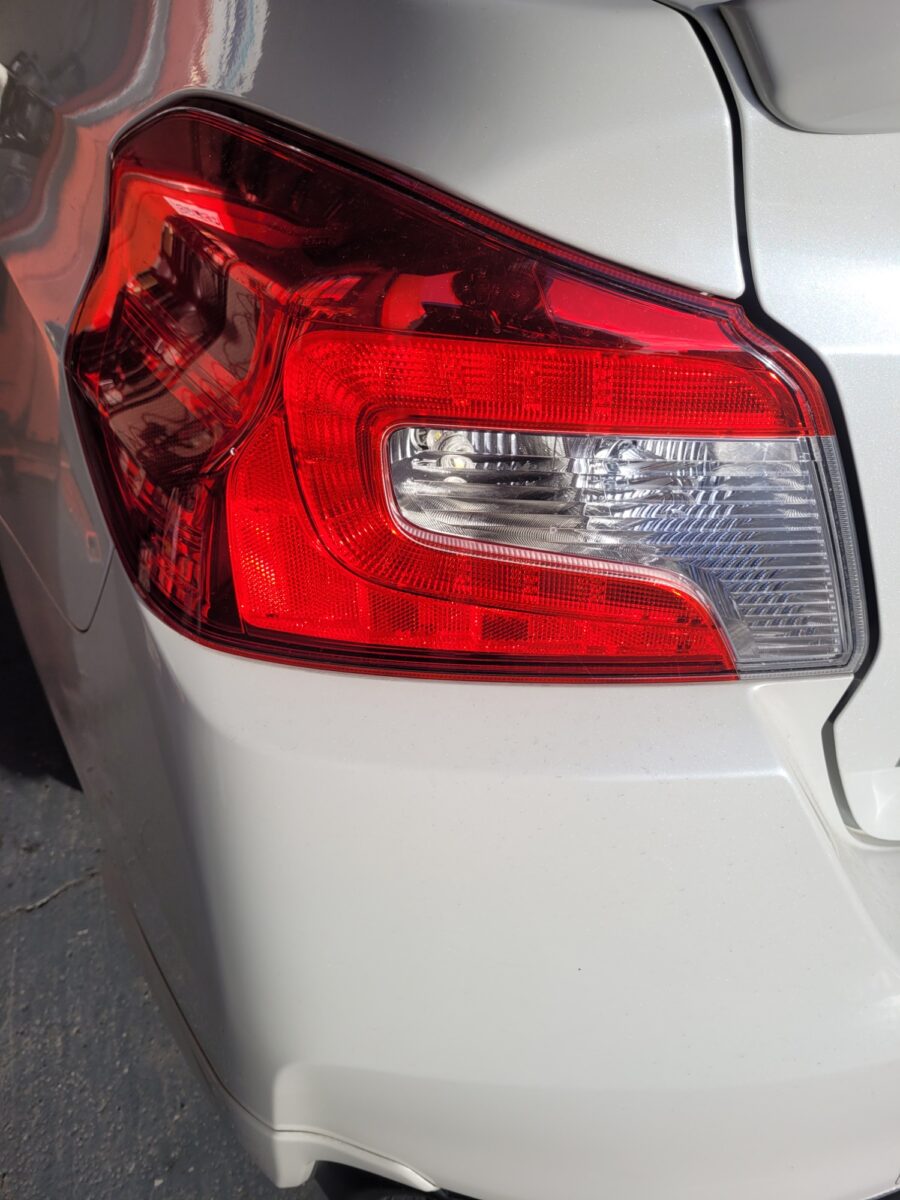Dealing With Brake & Tail Light Issues: A Down-to-Earth Kiwi Guide
Alright, you’ve just finished work, heading home down Wairere Drive or maybe you’re ducking through Cambridge on your way to pick the kids up, and you notice someone flashing their lights behind you at the lights. Next thing, you’re thinking, “Are my brake lights out?” You wouldn’t believe how often we see this here in the workshop—everything from 20-year-old Honda Fits to the odd late-model Citroën C5 Aircross brought in by someone from Morrinsville or Te Awamutu. Here’s a simple, no-fuss guide for checking brake and tail light issues before they give you grief at the next WOF Hamilton check.
1. Start With the Bulbs
First step: bulbs are always the easy check. Happens more often than you’d think—especially after hitting all those potholes in Dinsdale or lugging groceries through speed bumps in Flagstaff.
-
Ignition on: Fire the car up and get a mate (or one of the kids) to press down on the brake pedal. If you’re alone, wedge something solid on the pedal—you’d be surprised at the number of times we’ve seen people try to check with just a reflection in the Supercheap Auto windows out in Chartwell.
-
Check the lights: Go have a look at the back. With the brakes pressed, make sure both sides light up. Then flick your headlights on and check the tail lights as well.
-
Bulb changes: If one’s not working, grab a replacement—just double check your vehicle manual (Mazda Demios and Peugeot 308s, for example, love having their own weird bulbs). Here’s a quick bulb swap guide if you need it.
Honestly, this is a job nearly anyone can do with a screwdriver and a bit of patience. Burnt-out bulbs are easily one of the main reasons Hamilton drivers fail a WOF, especially after a few cold foggy mornings in winter. If you want a more in-depth lighting read, check out our lighting guide.
2. Check the Fuses
Next up, if bulbs are sweet, it might be a fuse. A lot of hybrid repair jobs we see—Prius, Kia Niro, you name it—have blown fuses after a spill or electrical hiccup. Fuses protect your car’s circuits, so if one’s popped and you’re stuck in Tamahere with no lights, you’ll want to sort it.
-
Find the fuse box: Usually hidden in the engine bay or under the dash. Grab your car’s manual or look online if you’re stuck.
-
Pick the right fuse: You’ll see a little map showing which fuse does what. Find the one for brake or tail lights.
-
Check and replace: Pull the suspect fuse—if the inside bit is broken, swap it for a same-amp one. Here’s an article on fuse swaps if you want more detail.
Seen plenty of Suzuki Swifts from Huntly to Gordonton with nothing wrong except a cheeky blown fuse. Don’t overthink it.
3. Wires & Switches—The Jungle Behind The Panel
If bulbs and fuses check out and you’ve still got troubles, it’s time to peek at the wiring or switches—this is where things can get fiddly. Seen everything from pesky rats chewing through wiring on a Toyota Estima, to loose brake light switches on a Subaru Outback driven by a local from Ngāruawāhia.
-
Brake light switch: Usually tucked behind the brake pedal. If it’s fallen off or busted, your brakes won’t trigger the lights. Have a feel down there or bring it in if you don’t fancy crawling around footwells.
-
Wiring: Give the wires a quick visual check for frays, broken connections, or corrosion—especially if you’ve parked under trees during those drizzly Hamilton months.
-
Multimeter: If you’ve got a basic one, you can test for power. Not everyone’s keen, but if you want to know how, here’s a multimeter how-to for car lights.
If it sounds daunting, don’t stress—that’s what we’re here for. Sometimes you’ll end up needing a proper auto electrician. If in doubt, read more about electrical repairs here.
Final Thoughts
Hamilton driving can be tough on your car lights—potholed suburban roads, stop-start traffic down Te Rapa Road, and winters that’ll fog up even new LED lenses. Take a couple of minutes once a month to check your brake and tail lights. It’ll keep you safer and avoid hassle at your next WOF or if you’re getting pulled over by the boys in blue.
Loads of folk from Cambridge, Te Awamutu, and Hamilton city trust Grimmer Motors with everything from basic bulb swaps to full electrical work. We reckon it’s because we’re genuine, experienced, and always aim to make the fix as easy as possible for you.
For more real-world tips—like how to dodge the biggest car maintenance mistakes—have a read of this guide.
Don’t put off fixing dodgy lights—if you’re not sure or want us to check your brake or tail lights, just pop in.

